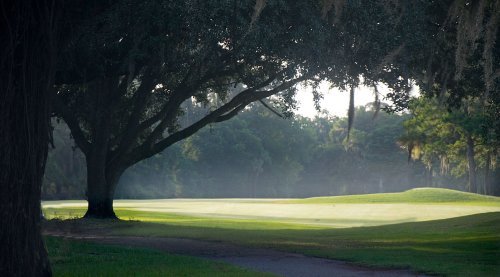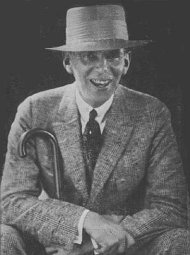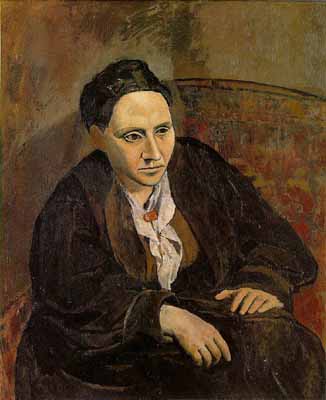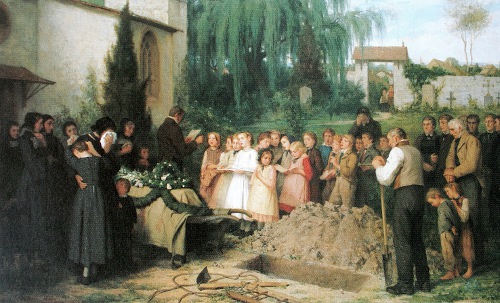In October 1845, the owner of a Boston brothel awoke to find that one of his prostitutes, Maria Bickford, had been nearly decapitated with a razor. Bickford’s companion, Albert Tirrell, was nowhere to be found but had been seen recently on the premises, and his cane and bits of his clothing were found near the body.
Tirrell was discovered in New Orleans and brought back for trial. His lawyer argued that Bickford might have been killed by her own hand or by a third party — or that Tirrell might have done it while sleepwalking. The defendant had a noted history of walking in his sleep, one that was confirmed by doctors. As recently as September, a cousin testified, Tirrell had pulled him out of bed and brandished a knife. “Somnambulism explain[s] … the killing without a motive,” the lawyer argued. “Premeditated murder does not.”
After less than two hours’ deliberation, the jury declared Tirrell not guilty — the first successful such murder defense in American legal history.




